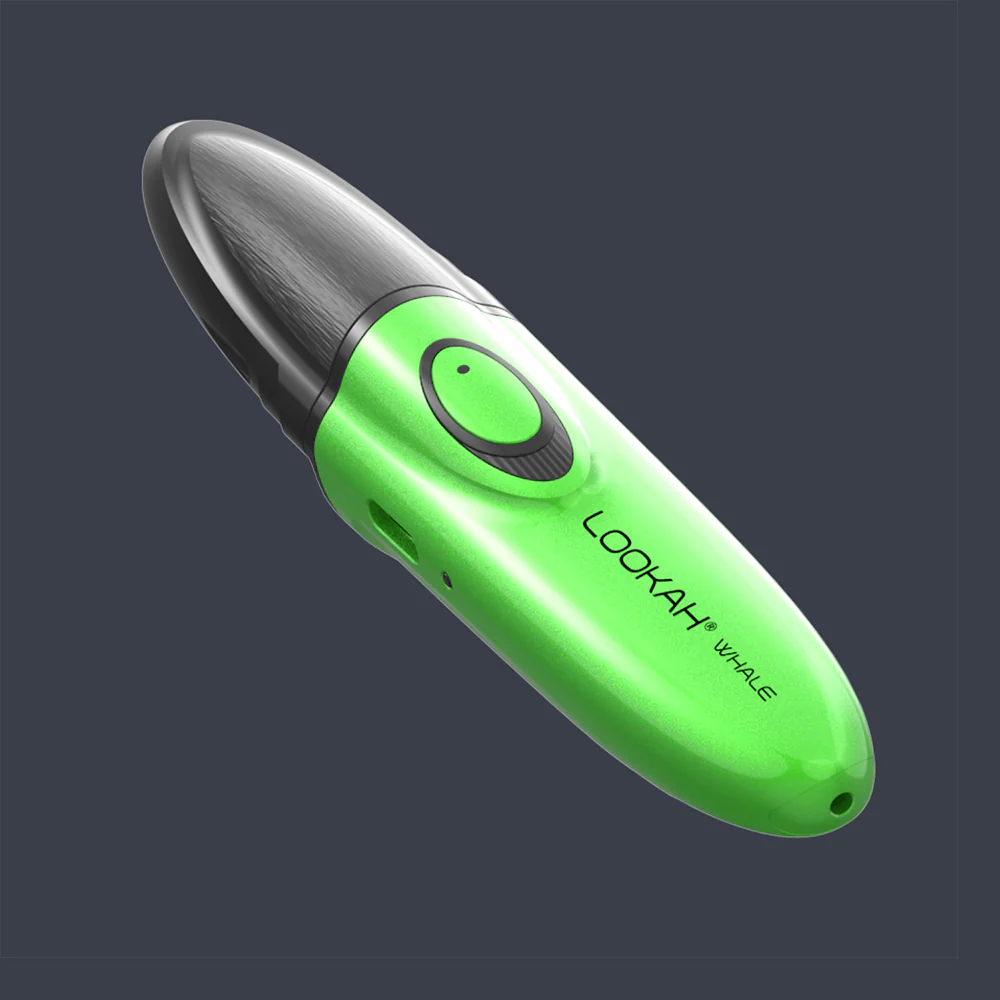Enhancing Your Home Efficiency with Robot Vacuum and Mop Solutions
Understanding Robot Vacuum and Mop Technology
The Basics of Robot Vacuums and Mops
As technology continues to evolve, household cleaning has become increasingly automated and efficient. Robot vacuums and mops, sometimes referred to as robovacs or robomops, are a significant step forward in home cleaning solutions. These devices utilize intelligent algorithms, smart sensors, and a combination of vacuum and mop functionalities designed to simplify the cleaning process. To understand how these devices work, it is essential to grasp their fundamental components and the technology behind them.
A robot vacuum and mop features a limited vacuum system coupled with robust sensors and navigational technologies, allowing it to map and clean an entire space autonomously. This combination of hardware and software enables it to detect obstacles, adjust its path accordingly, and even return to its charging station when necessary. The interaction between these components is what allows these devices to maintain effective cleaning routines with minimal human intervention.
How Robot Vacuums and Mops Work Together
Modern robot vacuums combine vacuuming and mopping functions to provide a more comprehensive cleaning solution. The integration of these two features allows for simultaneous dry and wet cleaning, significantly increasing efficiency. When a robot vacuum is equipped with both functionalities, it typically employs a unique cleaning cycle where it vacuums debris before mopping surfaces. This sequence ensures that dirt and grime are removed effectively, providing homeowners with a cleaner environment.
Typically, a robot vacuum and mop employ water tanks and specialized mop pads that can be filled as required. Advanced models can adjust water dispersion based on the type of surface they are cleaning or the level of dirt detected. This adaptability means that the device can effectively clean hardwood floors, tiles, and carpets without damaging them—a feature that many consumers greatly appreciate.
Key Features to Consider
When evaluating a robot vacuum and mop, there are several key features to keep in mind to ensure you select the best model for your needs:
- Suction Power: The vacuum’s ability to pick up dirt, pet hair, and debris is essential. Look for specifications that detail suction power, often measured in Pascals (Pa).
- Battery Life: Consider how long the device can operate on a full charge. Depending on your home size, longer battery life may be necessary to cover larger areas effectively.
- Navigation System: Advanced navigation systems, such as laser navigation and mapping, can optimize cleaning routes and ensure thorough coverage of your home.
- Smart Home Compatibility: Integration with smart home systems like Alexa or Google Assistant allows for voice-activated cleaning, increasing convenience.
- App Control: Many robot vacuums and mops come with smartphone applications that enable you to set schedules, monitor cleaning performance, and customize cleaning preferences.
- Multi-Surface Capability: The ability to adapt cleaning modes for different surfaces is crucial for homes with a combination of floor types.
Benefits of Using a Robot Vacuum and Mop
Time-Saving Advantages
One of the primary advantages of robot vacuums and mops is the amount of time they save for users. With these devices, homeowners can maintain clean floors without constantly dedicating time to the chore. This time-saving feature is particularly beneficial for busy individuals and families, allowing them to focus on other important tasks or enjoy leisure activities instead of cleaning.
Moreover, the programmable features of many robot vacuums and mops allow for scheduled cleanings. Users can set their device to clean while they are out of the house, ensuring that they return to a spotless environment without lifting a finger. The convenience factor alone makes these devices an excellent investment for anyone seeking to streamline their cleaning process.
Ensuring a Thorough Clean
Robot vacuums and mops are designed to provide a thorough clean, often reaching areas that traditional vacuums may miss, such as under furniture and in narrow spaces. Many modern units are equipped with features such as rotating brushes, edge-cleaning technologies, and intense suction modes, making them effective at gathering debris from a variety of surfaces.
Additionally, robotic mopping capabilities ensure that floors are not just vacuumed but also sanitized. Many devices offer different mopping modes, adjusting the water levels based on the intensity of cleaning required. This precise cleaning ensures that surfaces remain hygienic and free from harmful bacteria.
Smart Home Integration Possibilities
Nowadays, many robot vacuums and mops come with smart home integration features. These devices can connect to home networks via Wi-Fi, allowing users to control them through mobile applications or voice commands. Integration with platforms like Amazon Alexa or Google Assistant provides additional convenience, enabling users to start, stop, or schedule cleaning sessions while on the go or from the comfort of their couch.
This technological sophistication does not only streamline the cleaning tasks but also allows for comprehensive monitoring. Users can receive notifications, track their device’s cleaning history, and even customize settings based on their preferences—all designed to enhance the user experience. As smart home ecosystems grow and evolve, robot vacuum and mop manufacturers continue to incorporate new features that allow for even greater interoperability with other connected devices.
Choosing the Right Robot Vacuum and Mop for Your Needs
Evaluating Different Brands
When considering a robot vacuum and mop, evaluating different brands is essential. Some reputable brands on the market include iRobot, Roborock, Ecovacs, and Shark, each offering a variety of models with unique features. Understanding the specific technologies these brands offer can help consumers make informed decisions.
For instance, iRobot, known for its Roomba series, provides a broad range of options catering to various needs, from pet hair removal to deep cleaning. On the other hand, Roborock is renowned for advanced mapping technologies and suction capabilities, making it popular among users with larger homes needing a comprehensive cleaning solution.
Comparison of Features
To select the right robot vacuum and mop, conducting a comparative analysis of features is advisable. Consider creating a list of your cleaning priorities—what surfaces will be cleaned, type of debris, and any specific cleaning areas of concern (e.g., under furniture or along edges).
Additionally, user reviews can be invaluable when comparing models. Prospective buyers should explore online platforms to gain insights into other customers’ experiences, specifically regarding performance and reliability. Videos and in-depth reviews help demonstrate functionality and features in real-life scenarios, enabling better purchasing decisions.
Budget vs. Performance Considerations
Lastly, it’s imperative to balance performance with budget when selecting a robot vacuum and mop. While many high-end models deliver impressive performance and features, budget-friendly options can also meet basic cleaning needs without the extra frills. Setting a possible range allows consumers to narrow their choices and find the most suitable option without financial strain.
Investing in a robot vacuum and mop is a long-term commitment, so prospective buyers should ensure their chosen model will provide satisfactory cleaning over time. Always be aware of warranties and customer support provisions that cover any potential issues with the device.
Common Issues with Robot Vacuums and Mops
Troubleshooting Frequent Problems
Despite the many advantages that robot vacuums and mops offer, users may encounter difficulties during their operation. Common problems include:
- Stuck Wheels: These devices can get stuck on thresholds or furniture edges. Positioning and adjusting the height of thresholds can help minimize this issue.
- Sensor Malfunctions: If sensors are blocked or the surface is too reflective, this can impede navigation. Regular cleaning of the sensors can alleviate this problem.
- Battery Life Degradation: Over time, battery performance can diminish. Monitoring battery health and replacing it as necessary is crucial for optimal performance.
Maintenance Tips for Longevity
To extend the life of a robot vacuum and mop, proper maintenance is key. Regularly emptying dustbins, cleaning filters, and washing mop pads will ensure the device continues to perform effectively. Ensuring that wheels and brushes are free of tangled hair or debris is also critical.
Additionally, keeping the charging station clean and unobstructed will enhance the efficiency of the robot. Setting a regular cleaning schedule to maintain these practices can simplify device care and promote long-term functionality.
Understanding Limitations
It is also essential to understand robot vacuums and mops have limitations. They may not be suitable for cleaning heavily soiled carpets or large debris, such as larger pet toys. Additionally, extreme weather, such as excess water or mud, can impede effectiveness and lead to malfunctions. Being aware of these limitations will help users calibrate their expectations and maximize their devices’ capabilities.
Future Trends in Robot Vacuum and Mop Technology
Predicted Innovations and Improvements
As technology advances, the landscape of robot vacuum and mop technology is poised for further innovations. We’re witnessing enhancements in artificial intelligence which will enable more precise mapping and learning capabilities, allowing these devices to adapt over time to a user’s cleaning preferences. Additionally, improvements in battery technologies will lead to extended operational times and faster charging capabilities.
Future models may also incorporate more powerful suction mechanisms, versatile mopping technologies, and more intelligent debris recognition systems that distinguish between dirt types, optimizing cleaning processes across different surfaces.
The Role of AI and Machine Learning
AI and machine learning are at the forefront of enhancing robot vacuums and mops, providing greater efficiency and autonomous operation. With AI, these devices can learn from their past cleaning cycles, identifying optimal paths and developing strategies for complex cleaning scenarios. This adaptability will likely lead to a continuous improvement loop that enhances their performance over time without manual updates.
Expectations for Market Growth
The robot vacuum and mop market is expected to continue its upward trajectory as consumers increasingly lean towards automation in household chores. As smart home integration becomes more prevalent, coupled with the demand for convenience, manufacturers will likely focus on creating products that not only perform efficiently but offer dual functionalities at competitive prices.
In conclusion, the continual advancement of robot vacuum and mop technology presents exciting possibilities for transforming household cleaning. By embracing these innovations, homeowners can enjoy cleaner spaces with minimal effort, making life simpler and more enjoyable. For anyone considering a cleaning device that provides convenience and efficiency, investing in a robot vacuum and mop is an excellent choice.













Post Comment